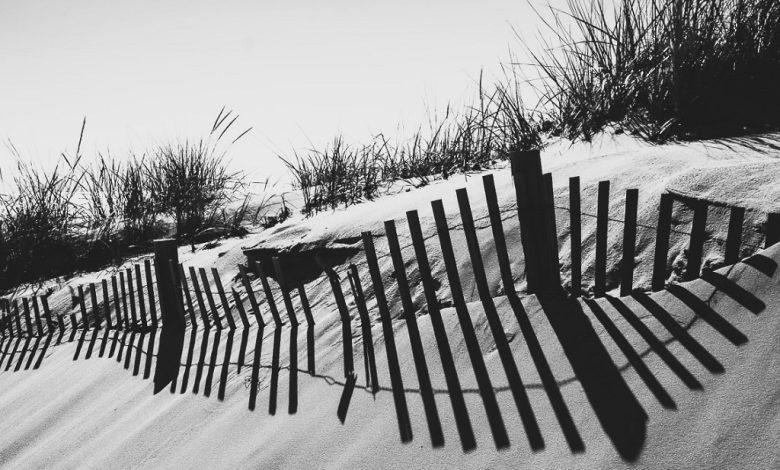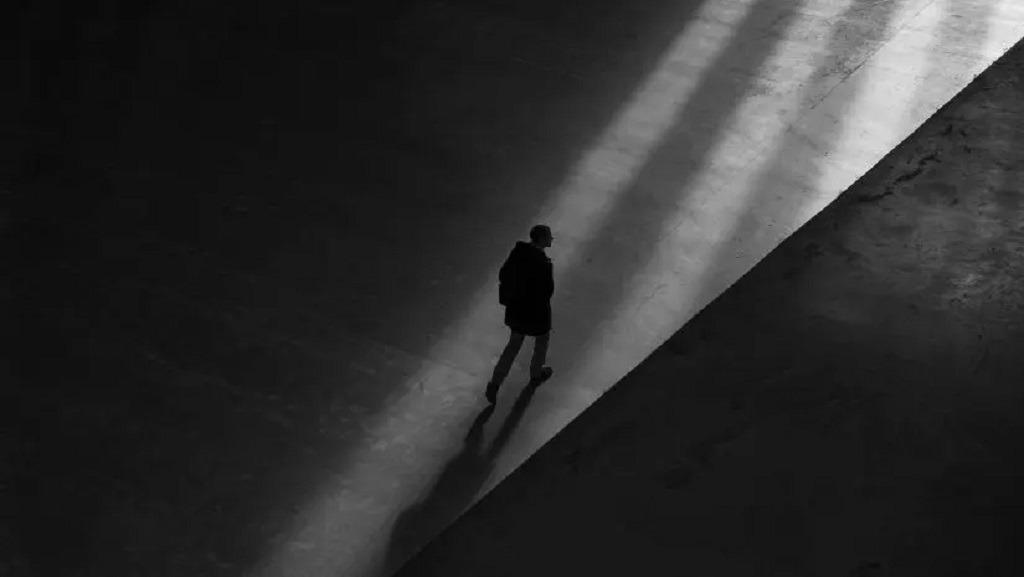Using Shadows Creatively in Photography: Mastering Light and Dark for Stunning Visuals

Shadows are one of the most powerful yet often overlooked elements in photography. They add depth, drama, and intrigue to an image, creating a sense of mystery and storytelling that light alone cannot achieve. Mastering shadow usage allows photographers to craft visually compelling compositions that evoke emotion and depth. If you want to push the creative boundaries of light and dark in your work, explore Goo Photo to find inspiration and tools that can enhance your artistic vision.
From high-contrast black-and-white photography to soft, moody portraits, shadows can be manipulated in countless ways. Whether you’re a beginner or a seasoned pro, understanding how to use shadows creatively can transform your work and give it a professional edge.
The Science Behind Shadows in Photography
Shadows are formed when an object blocks a light source, creating an absence of light. The nature of a shadow—whether it is hard-edged or soft and diffused—depends on the type and angle of the light source. Hard shadows are created by a direct and strong light source, such as the sun at noon or a spotlight. Soft shadows, on the other hand, are formed when light is diffused, like on an overcast day or when using a softbox in a studio.
Photographers use shadows to add contrast, emphasize texture, and guide the viewer’s eye toward the subject. By understanding how light interacts with objects, you can intentionally control shadows to enhance your composition. If you’re interested in this artistic approach, check out https://goophoto.com/the-warm-allure-of-sepia-photography/the-warm-allure-of-sepia-photography1/ for insights into how sepia can be used to create mood and depth

Using Shadows to Create Mood and Emotion
Shadows can dramatically influence the mood of a photograph. A high-contrast shadow in a portrait can create a sense of mystery or even tension, while soft, subtle shadows can convey warmth and nostalgia.
- Dramatic Shadows: These are often used in cinematic and noir photography. They create a bold, striking effect, commonly achieved using a single, strong light source placed at an angle.
- Soft and Dreamy Shadows: These are ideal for portraits, giving a gentle, natural feel. Soft shadows occur when light is diffused through a window, a sheer curtain, or a softbox.
- Silhouettes and Negative Space: Shadows can be used to create silhouettes, removing details and emphasizing shape and form. This technique is powerful in storytelling, as it allows viewers to interpret the image in their own way.
According to a study by the University of California, contrast and shadows play a significant role in how humans perceive depth and emotion in images. The right balance of light and shadow can make an image feel three-dimensional, even on a flat screen.
Taking Flight: How Drone Photography is Revolutionizing Real Estate
Techniques to Use Shadows Creatively
- Backlighting for Silhouettes
Positioning your subject in front of a strong light source, such as the sun or a bright window, creates a silhouette effect. This works well for storytelling, especially in street photography and portraiture. - Shadow Play in Street Photography
Look for natural shadows created by buildings, trees, and objects in urban settings. These shadows can add layers and patterns to your composition, leading the viewer’s eye through the frame. - Using Shadows as the Main Subject
Instead of focusing solely on the object casting the shadow, try making the shadow itself the primary subject. This technique adds an abstract and artistic touch to your images. - High-Contrast Lighting for Impact
In portrait photography, using a single light source from the side can create intense shadows, emphasizing facial features and adding character to the subject. - Color and Shadows: The Impact of Sepia Tones
Sepia tones have long been associated with nostalgia and warmth in photography. Using “sepia in photography” enhances shadow contrast while giving images a timeless, vintage feel.
The Role of Shadows in Black and White Photography
In black and white photography, shadows take center stage. Without color, the contrast between light and dark becomes even more significant, shaping the mood and composition of the image. Photographers like Ansel Adams and Henri Cartier-Bresson mastered the art of using shadows to create visually striking monochrome images.
If you’re shooting in black and white, consider the following:
- Increase contrast to enhance shadow depth
- Use strong directional light to create bold compositions
- Experiment with high-key and low-key lighting for different effects
Creative Exercises to Improve Shadow Photography
If you want to improve your ability to use shadows creatively, try these exercises:
- Shadow Hunting: Walk around your city or neighborhood at different times of the day to observe how shadows change with light.
- Silhouette Challenge: Capture a series of silhouette portraits using only natural light.
- Abstract Shadow Art: Focus on capturing just the shadow of an object without revealing the object itself.
Post-Processing Tips for Enhancing Shadows
Editing can take shadow photography to the next level. In software like Adobe Lightroom or Photoshop, you can:
- Increase contrast to make shadows more defined
- Adjust highlights and shadows separately to control depth
- Convert to black and white for a more dramatic effect
- Use split toning to add warmth or coolness to shadows
Conclusion
Shadows are a fundamental yet often underappreciated element in photography. When used creatively, they can add emotion, depth, and intrigue to your images. Whether you’re capturing silhouettes, playing with high-contrast lighting, or incorporating sepia tones for a vintage look, mastering shadow photography will elevate your skills and artistic vision. Similarly, understanding sculpture in contemporary art offers new dimensions to creativity, blending form, space, and texture to challenge traditional boundaries.
FAQs
1. How do I avoid harsh shadows in outdoor photography?
To soften harsh shadows, shoot during golden hour (early morning or late afternoon), use a diffuser, or find shaded areas for even lighting.
2. Can shadows make a photo look unprofessional?
Not necessarily. Shadows add depth and drama, but poorly placed shadows on a subject’s face can be distracting. Position your light source carefully.
3. What camera settings work best for shadow photography?
Use a low ISO (100-400) for less noise, a small aperture (f/8-f/16) for sharp details, and adjust your shutter speed depending on light conditions.
4. How can I create artistic shadow photography at home?
Experiment with window light, household objects, and artificial lighting to cast interesting shadows on walls and surfaces.
5. Does sepia tone work well with shadow photography?
Yes, sepia enhances contrast and gives shadows a warm, vintage feel. It works well for nostalgic or moody compositions.


